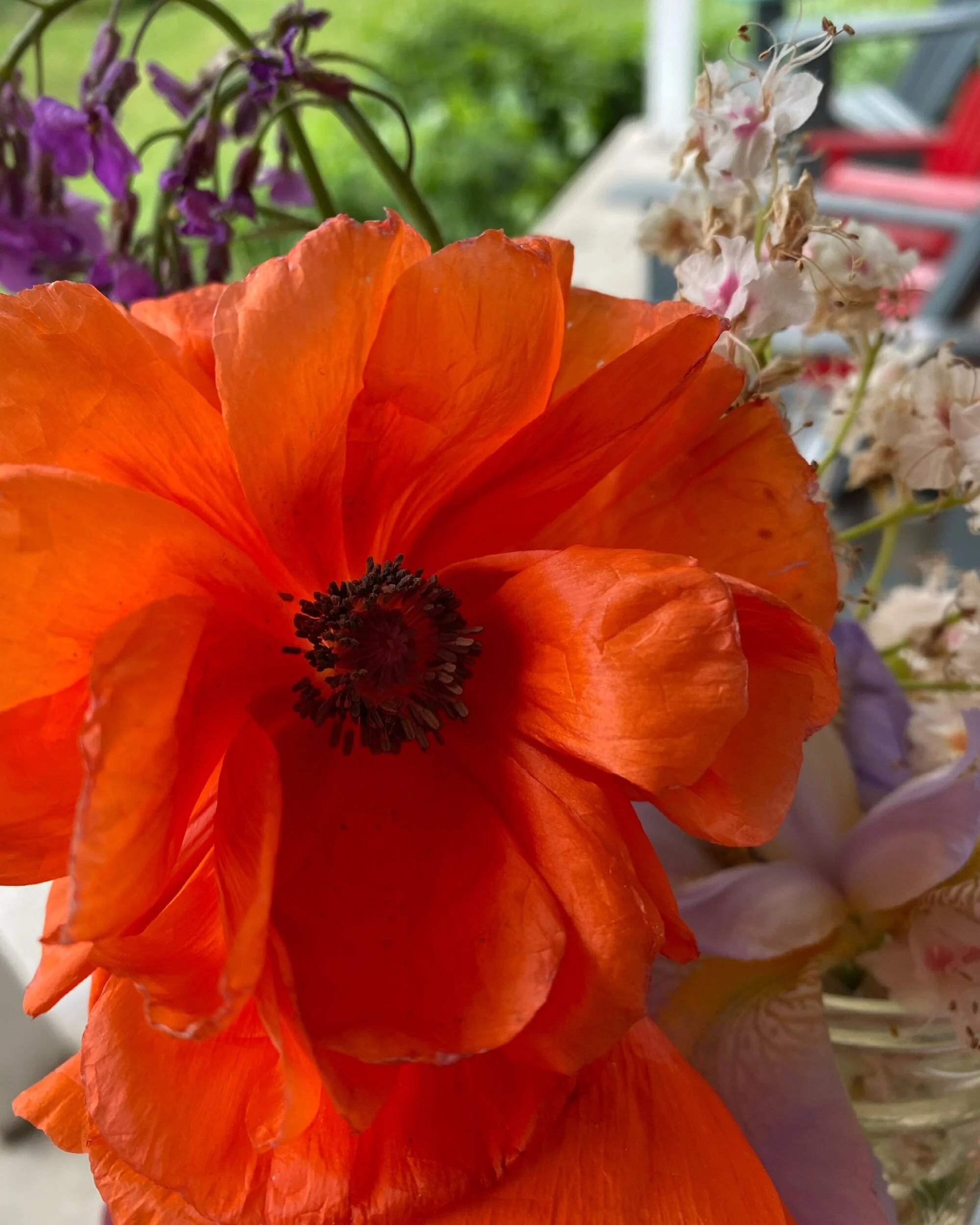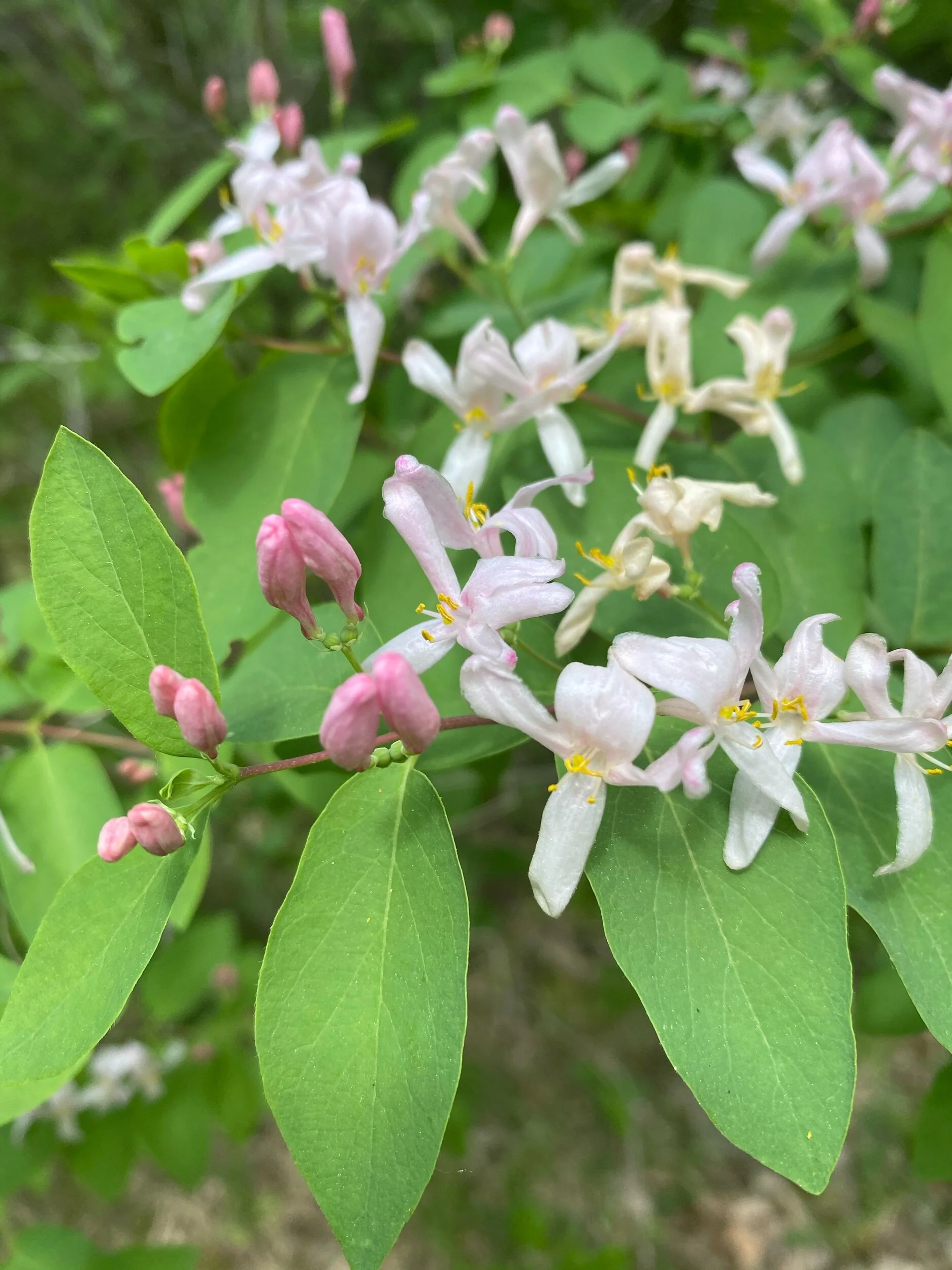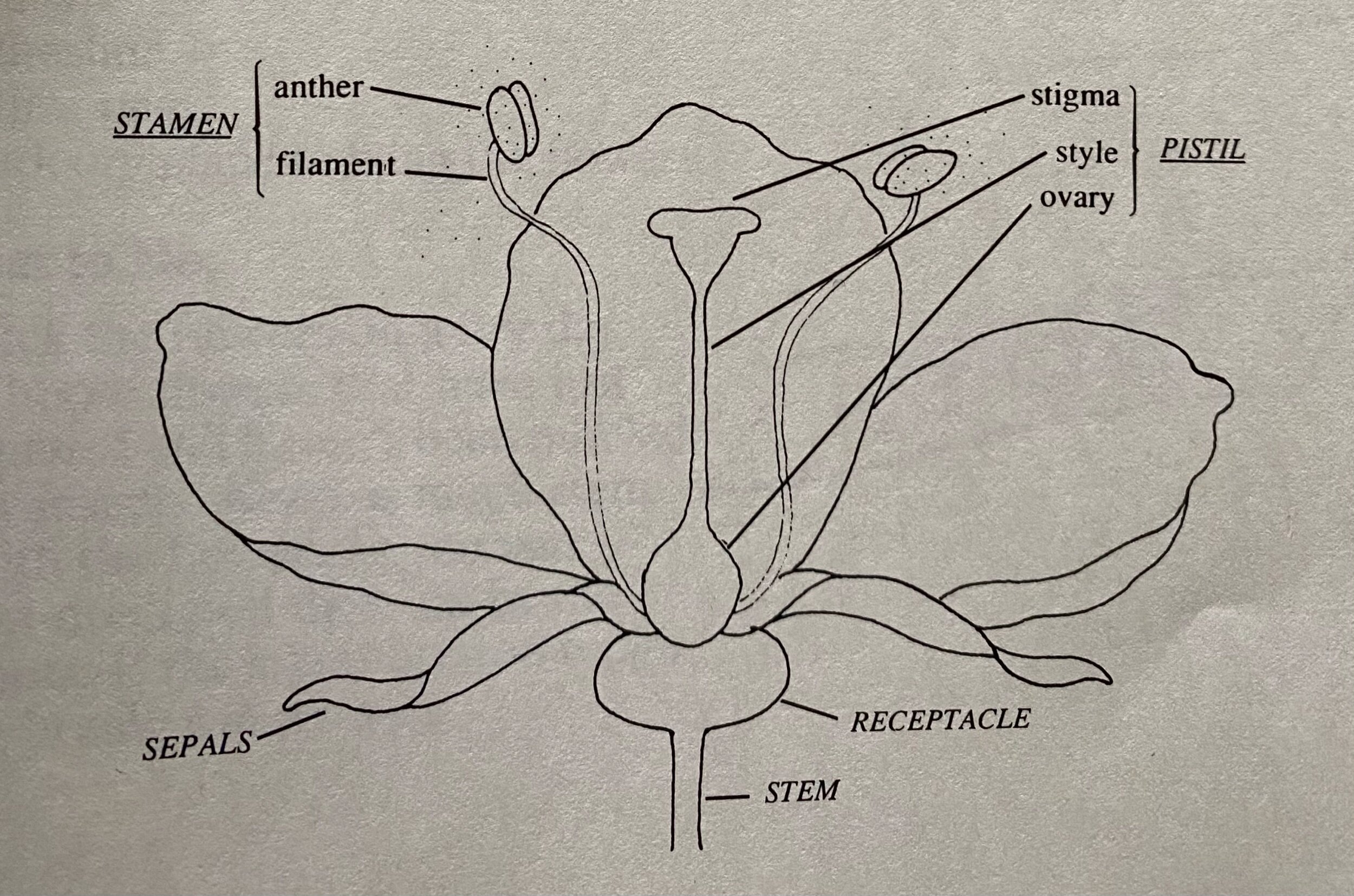If you are looking for resources, songs and poems that have been shared previously on the blog, you can use the search tool on this page.
The weather is getting fairer and the days are getting longer. These fine days of Spring are perfect for getting outdoors and exploring the natural world.
This week we’ll focus on FLOWERS, BUGS, and WEATHER.
SEASONAL POEMS:
Your rake and shovel and wheelbarrow bring;
Let’s plant us a garden this morning in spring;
Dig little trenches, pull out all the weeds;
Pour in some water, then drop in your seeds.
Be sure you cover them all ‘ere you go;
Now rake the top over and leave them to grow.
Shine, merry sunlight, and fall gentle rain!
Tend to my garden till I come again.
~ R. Compton
Dig a little hole.
Plant a little seed.
Pour a little water.
Pull a little weed.
Chase a little bug -
Heigh-ho, there he goes!
Give a little sunshine.
Grow a little rose.
~ Unknown
SEASONAL SONG:
Dandelion
Dandelion yellow as gold,
What do you do all day?
I just wait here in the tall grass
‘lil the children come to play.
And dandelion yellow as gold,
what do you do all night?
I just wait here ‘till the dew falls down
and my hair grows long and white.
And what do you do when your hair turns white
and the children come to play?
They take me up in their tiny hands
and they blow my hair away.
NATURE ADVENTURES & PROJECTS
Pack your backpack with a snack, water, and extra clothes and get ready to hit the trail (or your backyard!).
Here are some ideas that you might want to try out this week:
FLOWERS
NATURE ADVENTURE
Flowers come in all sorts of colours, shapes, and sizes. They grow in parks and gardens, in woods, and on vacant lots - in fact, almost everywhere! How many different types of flowers can you find?
The types of flowers you will find depend on where you live. Here in Eastern Ontario, the first Spring flowers are often small. Look closely on the ground to find them!
Numeracy Connections
Keep a tally of each colour of flower. Which colour was there the most of?
Count the petals on the flowers. Record your findings. What number of petals was the most common?
Measure the flowers in your garden using non-standard units of measurement (ie. how many fingers tall is the flower?) or standard units (cm).
Literacy Connections
Can you find a flower for each letter of each colour of the rainbow?
R - Red
O - Orange
Y - Yellow
G - Green
B - Blue
I - Indigo
V - Violet
Write a description of your favourite flower. Some things you might consider in your description:
What colour is it?
Is it tall or short?
How many petals does it have?
Does it have a scent? Can you describe the scent?
PROJECT
Flower Pressing
Pressed flowers and leaves will last for a long time. Flat flower heads will press best.
Materials
White paper
A heavy book
Flowers you have collected
Instructions
Lay a sheet of paper inside the pages of a thick book.
Arrange your flowers, leaving space between each one.
After about 2 weeks, open your book carefully. Your flowers will be dried and pressed!
You can make cards, bookmarks, and pictures with your pressed flowers. Arrange them in colourful patterns and stick them carefully onto cardboard.
PROJECT
Discover a Flower’s Secrets
To see all the working parts of a flower clearly, you have to take it apart.
Materials:
One of these flowers: tulip, daffodil, bloodroot, trout lily, jack-in-the-pulpit, may-apple, hepatica, columbine
Pencil crayons
Nature Journal
Instructions:
Admire the flower for a minute. Look at the way all its parts fit together. Sniff its perfume.
The bulging part of the stem is the receptacle. It holds the flower up.
The green flower parts just under the petals are called sepals (some flowers don’t have sepals). How many are there? How are they arranged? See if you can find a flower bud of the same kind as the flower you are taking apart. Where are the sepals on the bud? What do you think the sepals are for?
Next look at the petals. Where are they attached to the flower? How are they arranged? Are there any special markings that look as if they might be made for bees? Where do you think insects would land on this flower? Carefully remove the petals.
Can you see some thin stalks sticking out of the center of the flower? These are the stamens. How many are there? Where are they attached to the flower? Touch the ends of the stamens. What is the fine powder called? What colour is it?
At the very center of the flower is a green vase-shaped part called the pistil.
Draw the flower in your nature journal.
MINI BEASTS
NATURE ADVENTURE
Go on a mini beast scavenger hunt. Keep a tally of the bugs you find. Make your own list of bugs you might see or visit the link below to access a PDF.
Resource Credit: https://www.messylittlemonster.com/2018/03/bug-scavenger-hunt.html
Numeracy Connections
The ideas below come from https://creativestarlearning.co.uk/maths-outdoors/15-minibeast-outdoor-maths-challenges/
Data collection: Have your child devise a method of tracking what bugs they find (tally chart, pictograph, pie chart…). The recording process is part of the challenge. Ask them what they think would work best.
How to count lots of bugs: model estimation; talk about the clumping together of bugs – once you have counted ten bugs, you can count in clumps of ten
Discussions about probability and chance: What is the likelihood of seeing a lady bug? Is it possible that a child will find a worm?
Draw attention to the symmetry on the bodies of insects. Are all insects symmetrical? What about other creatures?
Look at the colour markings and patterns on the bugs that are found. What is the purpose of these patterns: some insects such as hoverflies mimic the markings of wasps? Some minibeasts are camouflaged, yet others are bright.
Observe the movement of minibeasts: is there logic in where they are heading? Is there an obvious network of paths or holes (underground paths) which the creatures are using or is it a random approach? Refer to the position and movement of the bugs: when they turn left, right, move forwards, backwards, etc. Use the language of position and lots of prepositions.
Comment on the relative size of the creatures: which are the biggest? Which look small but which can stretch out lengthwise?
Literacy Connections
Make a backyard filed guide. Draw pictures of the insects you find. Support your child in writing the name of the insect on their drawing.
Read a bug-themed book outdoors together.
Bring a field guide with you on your adventures to read as you find different insects.
PROJECT
Make a Bug Trap
Try setting this simple bug trap in your garden. Leave the trap out overnight and see who drops in!
Materials:
Trowel
Small container or paper cup
Bait (small piece of fruit, cheese or cookie crumbs)
4 stones
1 piece of wood or piece of bark
Instructions:
Dig a small hole.
Sink the container into the hole and fill in any space around the container.
Drop the boat into the container. The smell of the bait will attract mini beasts into the trap.
Put four stones around the top of the container.
Lay a piece of wood or bark on top of the stones to make a protective cover for the trap.
Remember to inspect your trap regularly and dig up the trap when you have finished.
WEATHER
NATURE ADVENTURE
At the beginning of your adventure, notice…
Is sunny or cloudy?
What do the clouds look like?
Is there wind? Notice how the tree branches are moving.
What does the air feel like on your cheeks?
Does it feel dry or damp?
Notice the shifts in weather during your adventure. How are the birds or animals behaving? At the end of the adventure, do the weather check again. Has anything changed?
Numeracy Connections
Record the daily temperature for a week in your nature journal. Older children could create a chart using the data.
Count the clouds.
On a rainy day, put a container outside to catch the rain. Measure the amount of water collected in the container
Literacy Connections
Look for letter shapes in the clouds.
Draw a picture of the weather and label the picture.
Make a weather book.
Write a description of the day’s weather.
Read and recite weather-themed poems
PROJECT
Measure the Weather
Help your child mark spring warming trends. Obtain a sturdy outdoor thermometer (you could also use a thermometer app on your phone if needed) and take the time to read it together daily. Then make a play thermometer that they can manipulate themselves.
Materials:
An 8-by-12-inch piece of heavy cardboard
White ribbon twice as long as the cardboard
Red crayon or marker
Instructions:
Cut a small slit at the top and bottom of the piece of cardboard.
Colour half the ribbon red.
Thread the ribbon through the slits and tie the ends together in the back.
Mark the front of the cardboard with the degree calibrations found on a real thermometer.
As the children observe the temperature changes during the day on the real thermometer, have them adjust their make-believe thermometer by moving the red ribbon up or down.
Additional Resources:
SEASONAL STORIES
Teacher Sabrina reading the story Seeds by E. Tuck.
Teacher Sabrina reading the story Daniel Grows Up from the Oak Meadow Kindergarten Curriculum.
CONNECT WITH COMMUNITY
You have the opportunity to connect with other parents and families on the Nature (home)School journey through a private Facebook group. The digital forum is a place where you can post photos of the activities that you get up to with your children, share stories or inspirations from your outdoor adventures, and connect with other families. Please follow the link to connect with other families in the online community or from Facebook - search: Nature (home)School Support.





















